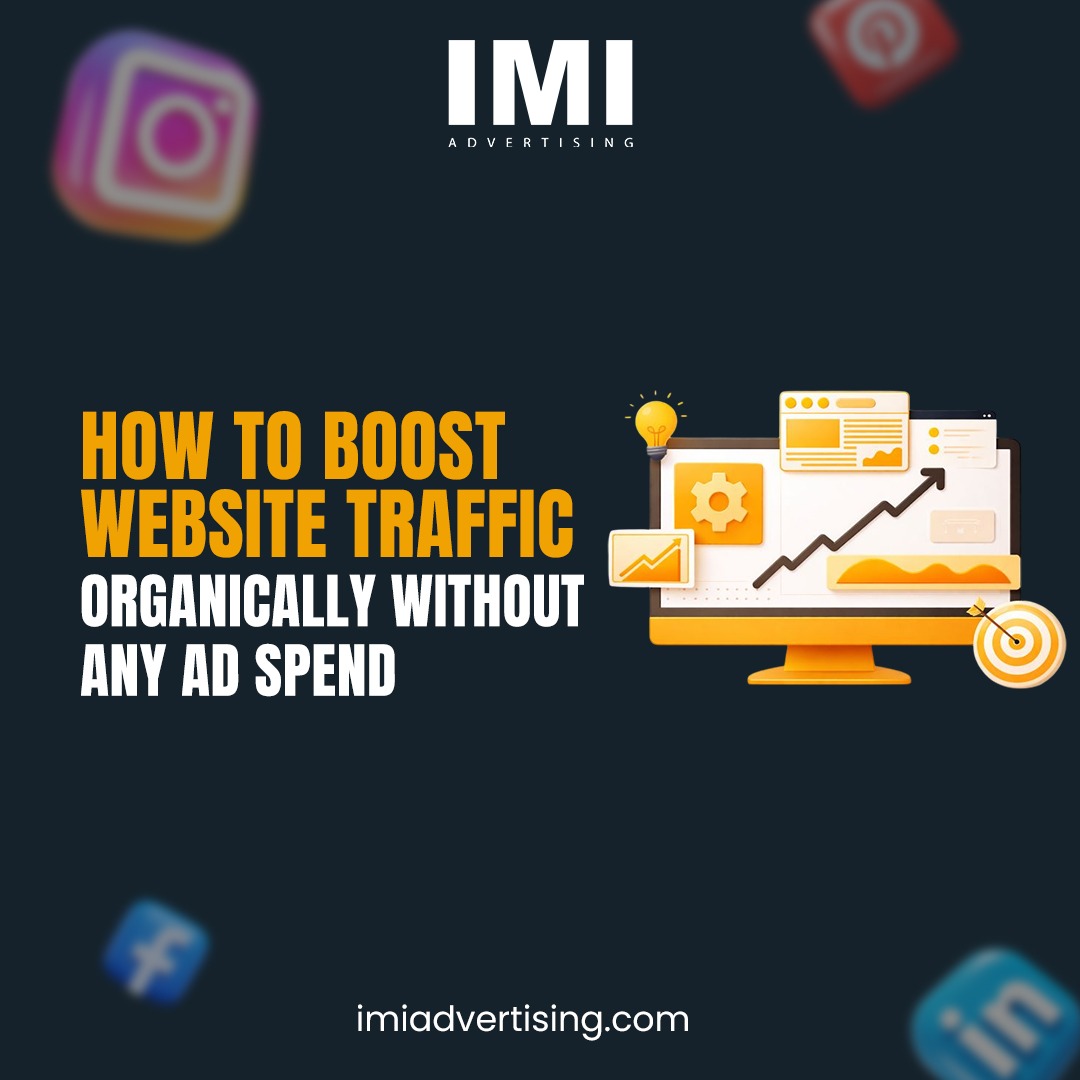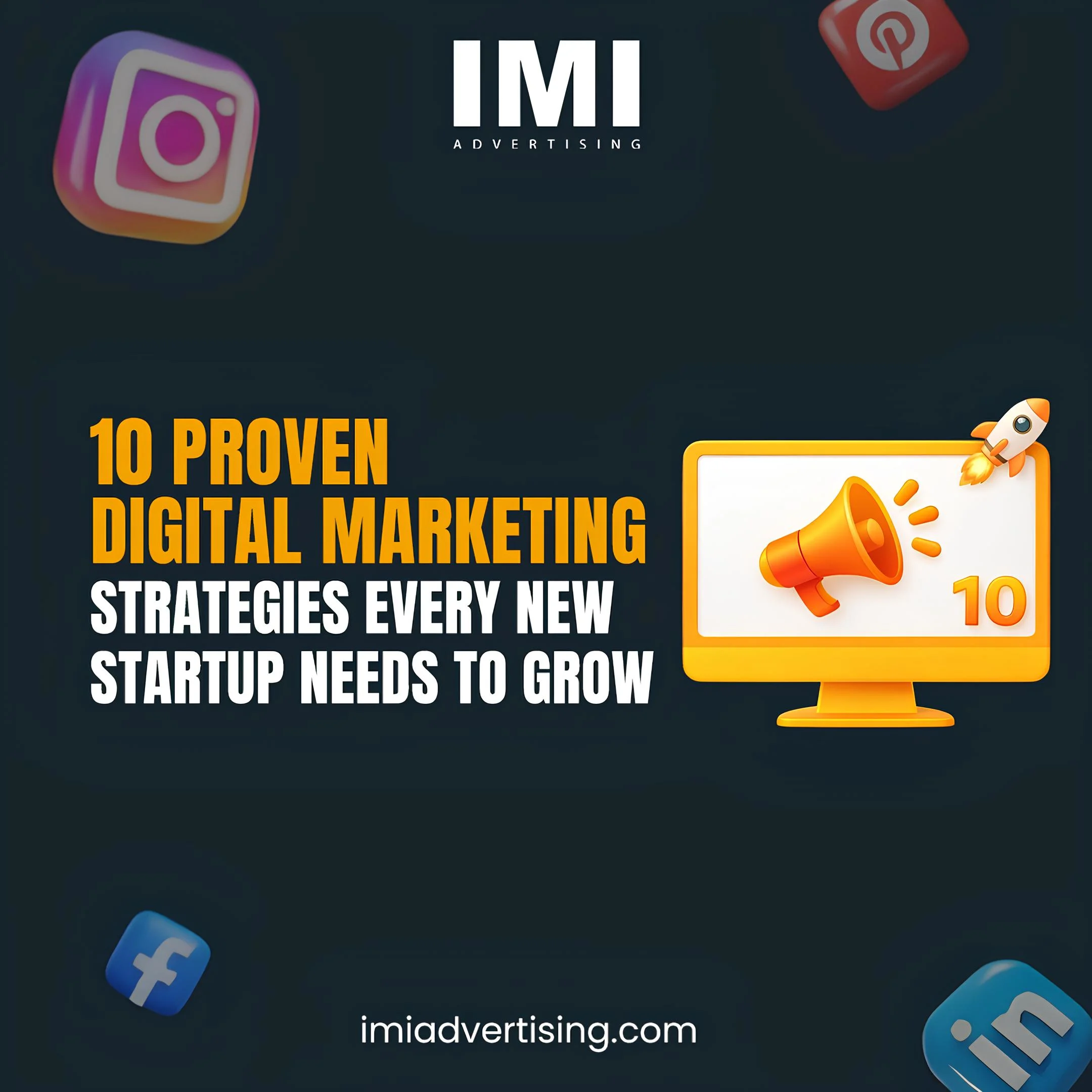E-E-A-T Explained: How to Build Trust and Authority with Google

Have you ever wondered why some websites rank on the first page of Google while others get placed down in the search results? One of the key reasons is E-E-A-T—which stands for Experience, Expertise, Authoritativeness, and Trustworthiness.
Google uses E-E-A-T as part of its quality guidelines to evaluate whether content is helpful, credible, and worth ranking. While it’s not a direct ranking factor, it plays a crucial role in how Google’s algorithms assess content quality.
If you’re running a blog, an e-commerce site, or an SEO company in Ahmedabad, understanding and implementing E-E-A-T can help your site gain more visibility, trust, and organic traffic.
The Four Pillars of E-E-A-T: Breaking It Down
E-E-A-T is a concept introduced by Google in its Search Quality Evaluator Guidelines. It helps determine how reliable and helpful a piece of content is. Here’s what each component stands for:
1. Experience: Real-World Insight That Builds Credibility
The first “E” in E-E-A-T stands for Experience—specifically, the first-hand experience of the content creator. When it comes to SEO and content quality, experience matters because it adds authenticity and helps build trust.
Think of it this way: Would you believe a book review written by someone who’s never read the book? Probably not. Firsthand experience shapes how audiences perceive content and how reliable they find it.
For example, a helpful Amazon review often starts with a clear statement of the reviewer’s personal use or experience. That’s the kind of real-world insight Google wants to see.
2. Expertise: Knowledge That Adds Value
The second “E” stands for Expertise—the depth of knowledge the author brings to the topic. Unlike experience, which focuses on personal encounters, expertise is about what the author knows.
Do they have credentials? Have they studied or worked in the field? Is the content well-researched and accurate?
You can showcase expertise by including a brief author bio that outlines their background, qualifications, or relevant achievements. This tells both users and search engines that the information is coming from a reliable source.
In many cases, experience and expertise complement each other. Some users want advice from seasoned professionals, while others value practical tips from someone who’s been through it. Ideally, your content reflects both.
3. Authoritativeness: Recognized and Referenced
The “A” in E-E-A-T stands for Authoritativeness—and it’s all about reputation.
While anyone can claim to be an expert, what sets authoritative content apart is how others view and reference it. Are other trusted websites linking to your content? Are you cited in reputable publications? That’s what builds authority.
For instance, Harvard Medical School’s Health Publishing division is considered highly authoritative because:
- It comes from a globally recognized institution
- Content is written by experienced faculty and physicians
- It’s supported by partnerships with top medical centers like Massachusetts General Hospital
These factors combine to make the information reliable and respected.
4. Trustworthiness: The Foundation of All Quality Content
Finally, the “T” in E-E-A-T stands for Trustworthiness—and it’s arguably the most important element.
Experience, expertise, and authority all contribute to trust, but on their own, they’re not enough. Your content and website must feel safe, honest, and transparent to users.
A trustworthy site:
- Uses HTTPS for secure browsing
- Publishes accurate, fact-checked content
- Cites credible sources and is cited by others
- Clearly displays author names, bios, and qualifications
Trust is the cornerstone of E-E-A-T. Without it, even the most expert content can fall flat in the eyes of both Google and your audience.
What’s the Difference Between E-E-A-T and E-A-T?
In December 2022, Google updated its quality guidelines by adding an extra “E” to the original E-A-T framework. What was once E-A-T (Expertise, Authoritativeness, and Trustworthiness) became E-E-A-T—with the new “E” standing for Experience.
This change reflects Google’s growing emphasis on firsthand experience as a key factor in evaluating content quality. It helps search quality raters better judge whether the information comes from someone who has truly been there or done that.
For example, a product review carries more weight when written by someone who has personally used the product. Firsthand insights improve credibility and build trust.
Up next, we’ll break down each element of E-E-A-T and show how it affects your SEO.
Why E-E-A-T Matters in SEO
Google aims to provide users with the best, most trustworthy answers. That’s why E-E-A-T is so important. If your content lacks these qualities, it’s unlikely to rank well—especially in competitive niches like health, finance, or legal.
For example, an SEO company in Ahmedabad can’t expect to rank highly by simply stuffing keywords. Google wants proof of your credibility, local relevance, and industry authority.
How Google Evaluates E-E-A-T
Google employs Search Quality Raters—real people who assess web pages based on the E-E-A-T framework. Their feedback doesn’t directly impact rankings, but it helps Google refine its algorithms over time.
Sites that demonstrate real experience, professional expertise, and reliable information tend to score higher during these evaluations.
How to Improve E-E-A-T on Your Website
Here are practical ways to build and enhance your E-E-A-T:
1. Show Experience
If you’re writing about a topic, prove that you’ve experienced it. A travel blogger writing about Paris should have actually been there. Photos, firsthand stories, and specific insights go a long way.
2. Demonstrate Expertise
Make sure your content is written or reviewed by someone with proven knowledge. This doesn’t always mean formal degrees—relevant experience also counts. For SEO-related content, certifications, results, or years in the field boost credibility.
3. Build Authoritativeness
Get backlinks from reputable sources. Mentioned in news articles? Quoted by others? These signals tell Google you’re a trusted voice in your field. An SEO company in Ahmedabad, for instance, can showcase case studies, awards, or industry partnerships.
4. Earn Trust
Ensure your site is secure (HTTPS), has clear contact details, transparent policies, and correct grammar. Avoid clickbait and misleading claims. Trust builds both conversions and rankings.
Real Examples of Strong E-E-A-T
Take WebMD as an example. Their content is written by health professionals, cited with medical sources, and reviewed regularly. That’s textbook E-E-A-T.
Similarly, a local business or SEO firm can build E-E-A-T by publishing client results, adding expert bios, and participating in industry events or local initiatives.
Common E-E-A-T Mistakes to Avoid
Avoid these pitfalls if you want to strengthen your SEO:
- Publishing thin or copied content
- No visible author credentials
- Outdated or inaccurate information
- Too many pop-ups or ads that harm user experience
Why SEO Companies Should Prioritize E-E-A-T
If you’re an SEO company in Ahmedabad, showcasing E-E-A-T isn’t optional—it’s essential. Your prospects are looking for firms they can trust. E-E-A-T helps you stand out in a saturated market by proving your expertise and reliability.
From on-page optimization to reputation building, a credible SEO firm should lead by example when it comes to E-E-A-T.
Create High-E-E-A-T Content: A Simple Checklist
To boost your content’s E-E-A-T, follow this checklist:
- Write from direct experience
- Add quotes from experts
- Site trustworthy sources
- Include author bios and credentials
- Keep content up-to-date
- Show customer testimonials and case studies
E-E-A-T and Local SEO: A Winning Combo
Local businesses need to demonstrate not just expertise but local authority. For an SEO company in Ahmedabad, this could include:
- Featuring local client testimonials
- Mentioning regional press coverage
- Sharing community contributions or awards
- Listing in local directories and maps
These efforts build both trust and relevance in your geographic market.
Tools to Monitor E-E-A-T Impact
Use these tools to track how your SEO efforts align with E-E-A-T:
- Google Search Console—Check impressions, clicks, and indexing
- Ahrefs / SEMrush – Track authority, backlinks, and keyword rankings
- Surfer SEO / Clearscope – Improve content quality and topical depth
Final Thoughts: Why E-E-A-T is the Future of SEO
E-E-A-T isn’t just another SEO acronym—it’s the foundation of how Google assesses content quality today. As search engines get smarter, your site must reflect real-world credibility, industry knowledge, and user trust.
If you’re a business, blogger, or SEO company in Ahmedabad, now is the time to invest in building strong E-E-A-T across all your digital assets. The higher your E-E-A-T, the better your chances of long-term success on Google.
Get in touch with us for
Digital Marketing Services
09313100658
Available From 09:30 – 06:30
Email: support@imiadvertising.com





